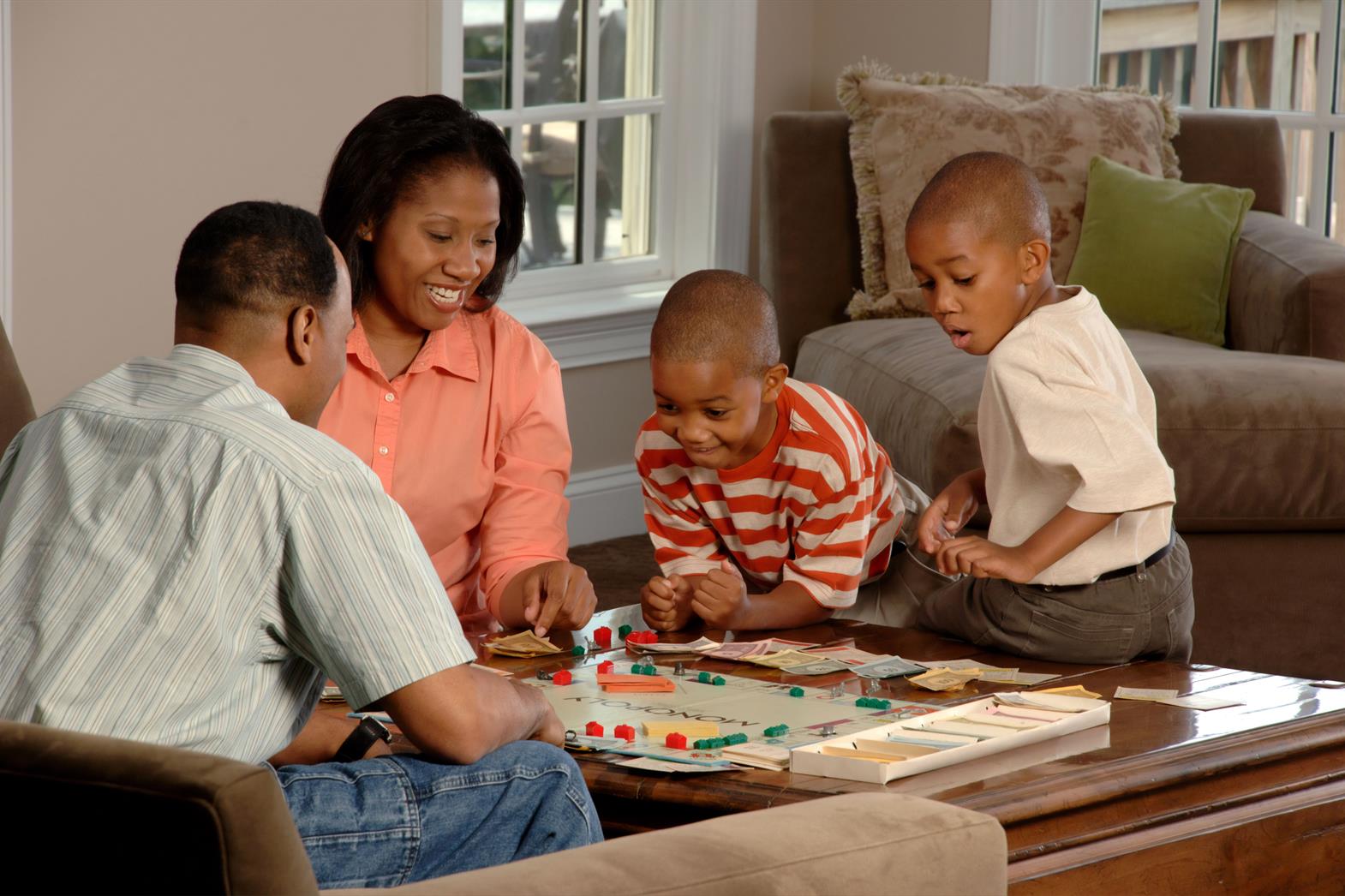What you need to know:
Siblings of children with ASD, particularly older brothers, demonstrate higher rates of behavioural/emotional difficulties compared to siblings of typically-developing children. In order to promote successful, regularly-occurring sibling interactions, typically-developing children can learn how to effectively engage their sibling with ASD, accompanied by their parents’ guidance and support.
What is this research about?
Siblings demonstrate significant influence over a child’s behavioural and emotional development, especially with respect to a child’s psychosocial adjustment (the ability to manage frustration and other unpleasant emotions). Broader Autism Phenotype (BAP) characteristics in siblings of children with Autism Spectrum Disorder (ASD) are recognized as mild “autistic-like” traits (such as avoiding eye contact). This study investigated the differences in sibling psychosocial adjustment, sibling relationship quality, and BAP characteristics in siblings of children with ASD compared to siblings of children of typical development.
What did the researchers do?
Researchers surveyed 90 mothers who had both typically-developing children and children with ASD, and 144 mothers whose children were not diagnosed with ASD. The mothers completed questionnaires related to sibling psychological adjustment, sibling BAP, sibling relationship quality (e.g. closeness, strength of emotional bond, prosocial and conflicted interactions), maternal depressive symptoms, and the impact of their child with ASD on family dynamics. The researchers analyzed the relationship between these different factors for both sets of families.
What did the researchers find?
The researchers found that subgroups of siblings of children with ASD, especially older brothers, exhibit elevated rates of behavioural/emotional difficulties compared to siblings of typically-developing children. The findings indicated that siblings of children with ASD tend to display fewer signs of emotional involvement toward their siblings, and demonstrate more avoidant behaviours. This may subsequently result in unsuccessful efforts of communication and play.
At the same time, some siblings of children with ASD possessed particular strengths: they demonstrated more altruistic behaviour and less aggression with their sibling. This suggests typically-developing siblings of children with ASD may be more sensitive to their sibling’s condition, and are able adapt to their sibling’s unique needs. Finally, when family stressors (e.g. parental depression) are absent, siblings of experienced enhanced psychosocial function and are less affected by the psychological and social adversities associated with BAP characteristics, whereas in stressful conditions, siblings of children with ASD display poorer emotional functioning.
How can you use this research?
Siblings of children with ASD, especially older brothers, should be surveyed for signs of potential behavioural difficulties, and are encouraged to refer to additional family-based services, as needed. To facilitate successful sibling interactions, typically-developing children can learn how to effectively engage their sibling with ASD, accompanied by their parents’ guidance and support (and with the use of instructional resources, if required). Future research can concentrate on improving parents’ abilities to foster positive sibling relationships; successfully supporting and advocating for siblings of children with ASD as they face emotional and behavioural challenges; and better equipping families of children with ASD with a wider array of educational resources.
About the Researchers
Katherine M. Walton (PhD) is an Assistant Professor of Psychology at Ohio State University.
Brooke R. Ingersoll (PhD) is an Assistant Professor of Psychology at Michigan State University.
Citation
Walton, K., & Ingersoll, B. (2015). Psychosocial Adjustment and Sibling Relationships in Siblings of Children with Autism Spectrum Disorder: Risk and Protective Factors. Journal of Autism and Developmental Disorders, 45, 2764-2778.
This research summary was written by Jordyn Posluns and Dr. Jonathan Ali for the Chair in Autism Spectrum Disorders Treatment and Care Research. This research summary, along with other summaries, can be found on our blog and at asdmentalhealth.ca/research-summaries.
Reproduced with the permission of Dr. Jonathan Weiss (York University). This research summary was developed with funding from the Chair in ASD Treatment and Care Research. The Chair was funded by the Canadian Institutes of Health Research in partnership with Autism Speaks Canada, the Canadian Autism Spectrum Disorders Alliance, Health Canada, Kids Brain Health Network (formerly NeuroDevNet) and the Sinneave Family Foundation. This information appeared originally in the Autism Mental Health Blog (https://asdmentalhealth.blog.yorku.ca).
Photo by National Cancer Institute on Unsplash


